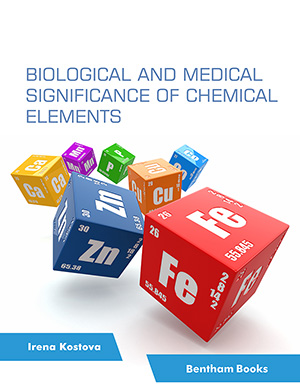Abstract
Background: Food contact materials are regulated in the European countries through the horizontal Regulation 1935/2004, on materials and articles intended to come into contact with food, and the Regulation 2023/2006, on good manufacturing practice for materials and articles intended to come into contact with food. Specific measures have to be implemented regarding different groups of materials and presence of specific substances. Until now, only plastic, ceramic, intelligent and active materials and regenerated cellulose film, materials intended to come into contact in food, have been regulated.
Methods: In an attempt to protect human health from the exposition of contaminants which might impair toxic effects, several Regulations and Directives have to be implemented to control food contact materials.
Results: Plastic materials are well described in the Regulation 10/2011. This paper is intended to provide the implementation procedure of this Regulation regarding the overall and specific migration of plastic materials in contact with foodstuff. It also describes the concept and use of simulants and the assay conditions. Emphasis is given to mineral oils and Bisphenol A migration, because of their novelty or impact in the media, as a risk evaluation is still a matter of discussion. Regulations are continuously being amended according to the European Food Safety Authority (EFSA) opinions, and include authorization of new substances, according to toxicity studies. It is expected that in the near future all groups of materials are going to be regulated by specific legislations, and not only the polymeric materials. Non-intentionally added substances (NIAS) is another hot topic to consider as they represent a group of substances that are present in a material but have not been added for a technical reason during the production process.
Conclusion: Whereas regulatory guidelines provide data on maximum levels of plasticizers in a specific type of food, scientific and academic studies are equally important to determine the toxicity of the different chemicals and define the effects and impact on the organisms.
Keywords: European legislation, food contact, Regulatory framework, human health, Non-intentionally added substances (NIAS), plasticizers.
































